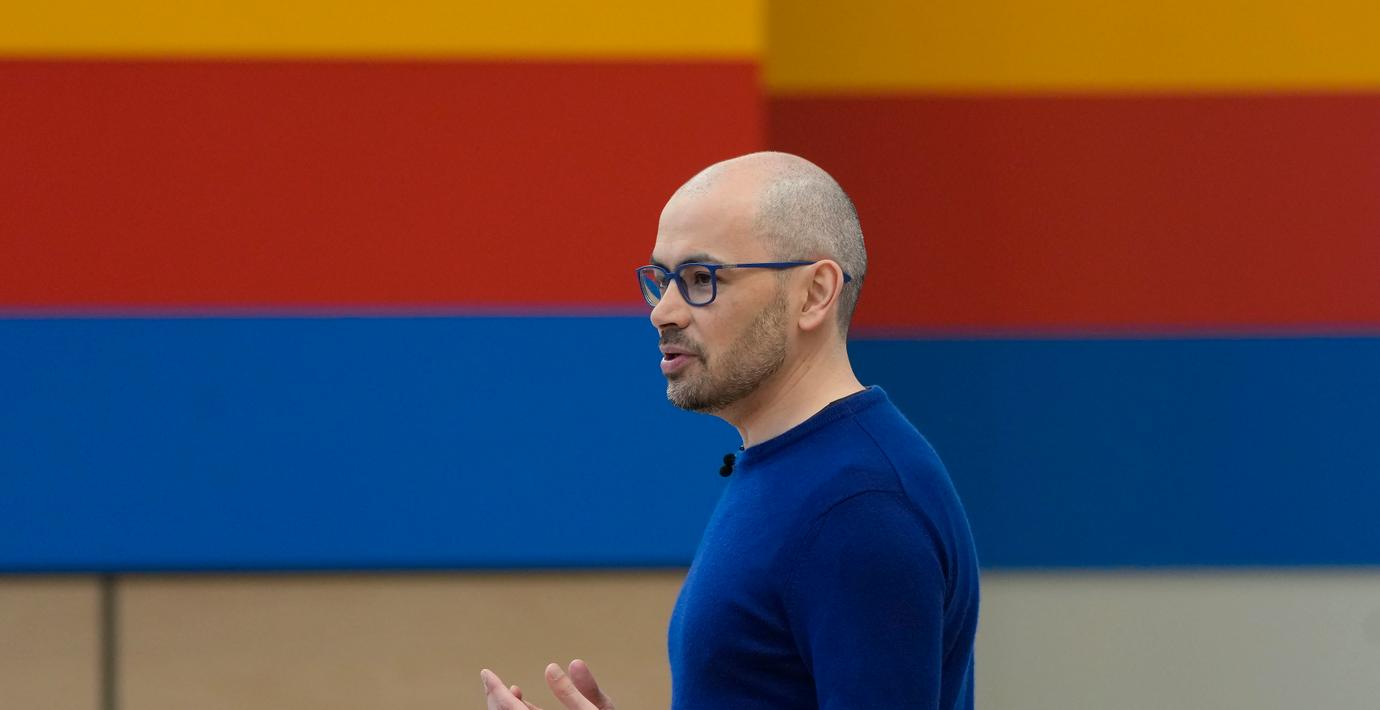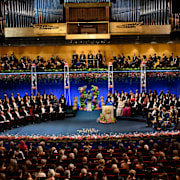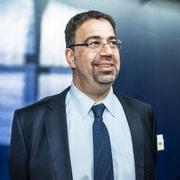
Googleforskaren om att få priset: Jag blev liksom tom
En av årets tre Nobelpristagare i kemi, Demis Hassabis, säger till TT att han blev ”chockad” av beskedet.
– Det är väldigt surrealistiskt, det är svårt att greppa. Jag blev liksom tom i några minuter, säger han till TT.
Hassabis är en av forskarna på Googles Deepmind-avdelning där han arbetar han med att bygga system som kan förstå data och hitta strukturer i den.
Han har försökt att göra verklighet av en 50 år gammal teori om att man borde kunna förutse 3D-strukturer av protein – en av livets byggstenar – utifrån aminosyrasekvenser. För nyhetsbyrån beskriver han processen som ”utmanande beräkningsbiologi”.
Hassabis får tillsammans med kollegan John Jumper ena halvan av priset för sin prediktion av proteinstrukturer med hjälp av AI-modellen Alphafold. Andra halvan tillfaller David Baker, för hans arbete med databaserad proteindesign.



